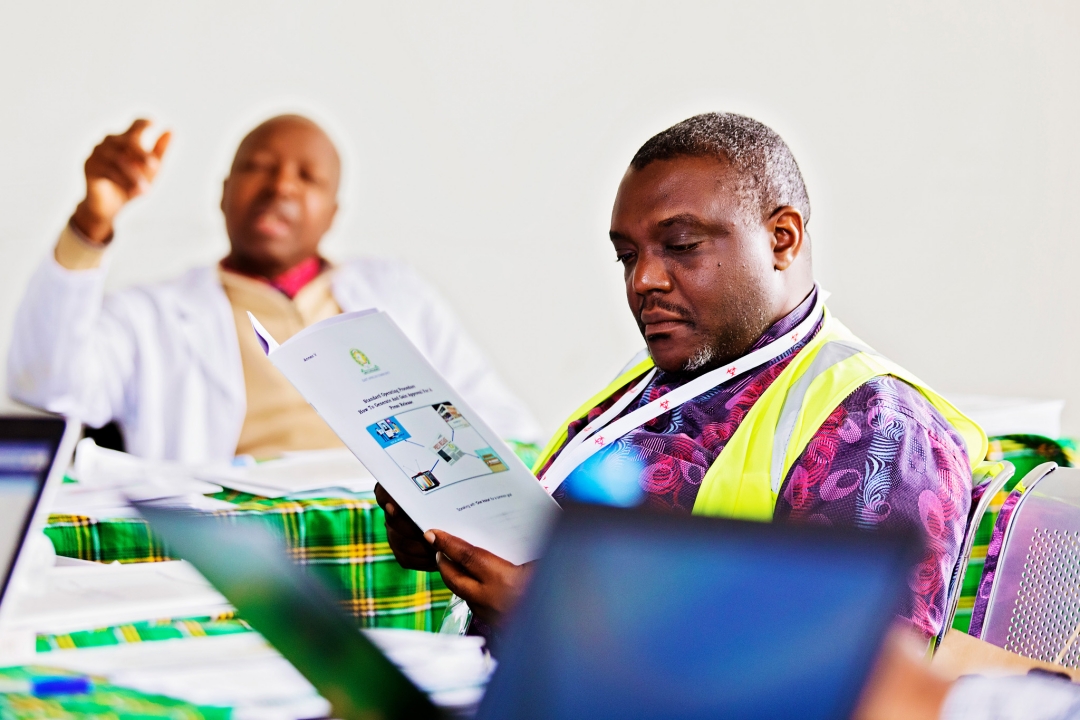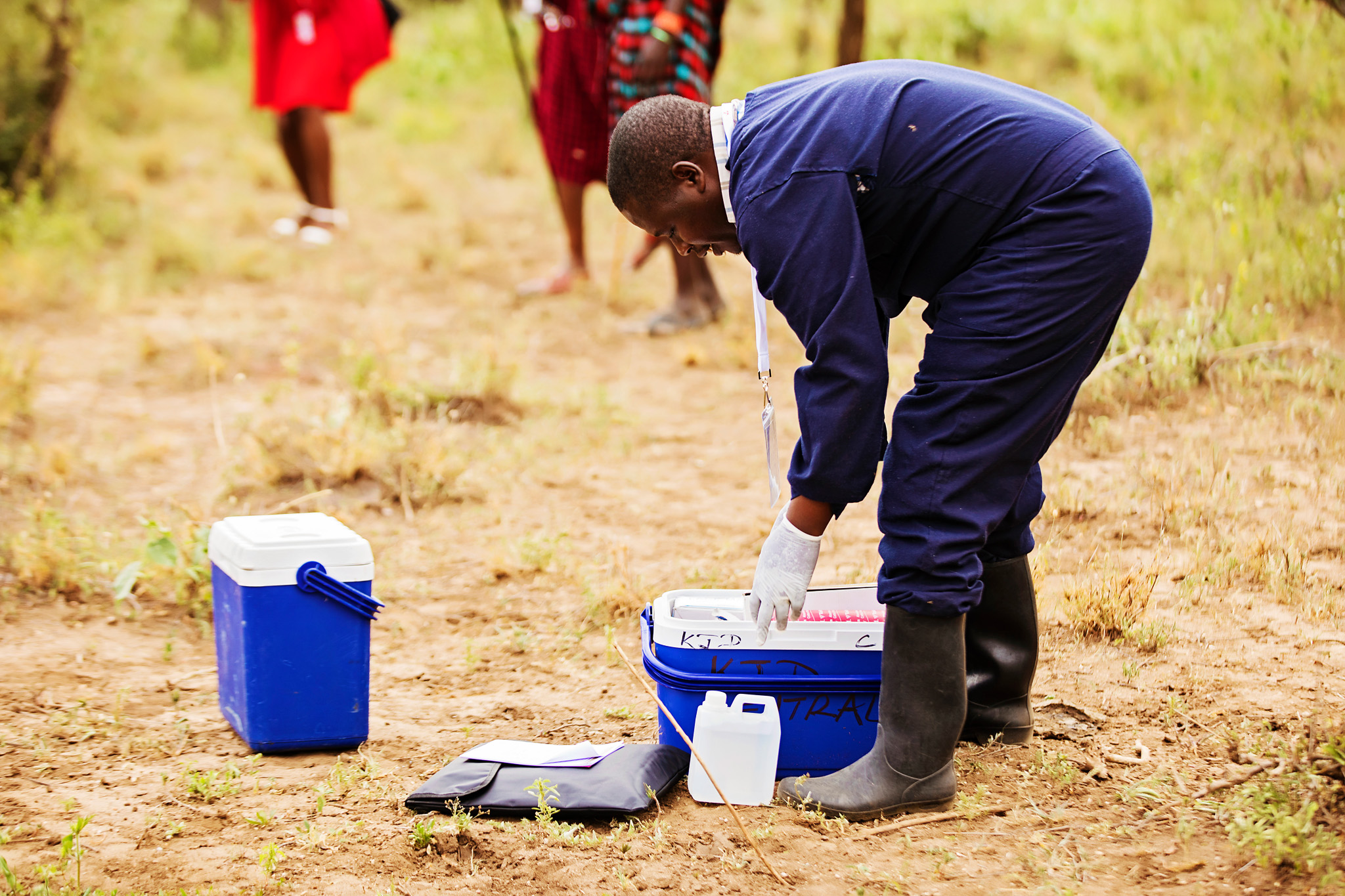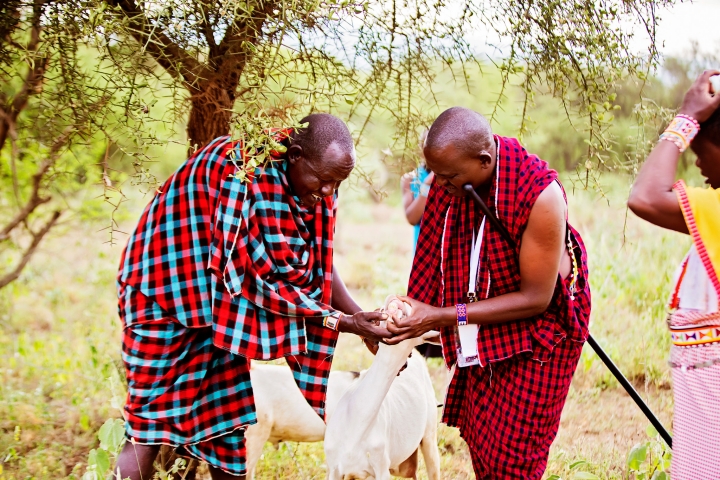Pandemic Preparedness News
- Cautious hope as forecast shows good rainy season in the region - 25 March, 2022:
https://www.eac.int/press-releases/147-health/2397-cautious-hope-as-forecast-shows-good-rainy-season-in-the-region - Clean Water Essential to Curbing Spread of Disease in East Africa - 23 March, 2022:
https://www.eac.int/press-releases/147-health/2396-clean-water-essential-to-curbing-spread-of-disease-in-east-africa - EAC urges Partner States to step up preventive measures against vector-borne diseases after heavy rains - 20 March, 2022:
https://www.eac.int/press-releases/147-health/2390-eac-urges-partner-states-to-step-up-preventive-measures-against-vector-borne-diseases-after-heavy-rains - EAC implements sanitation project to prevent and tackle infectious diseases - 26 August, 2021:
https://www.eac.int/press-releases/147-health/2186-eac-implements-sanitation-project-to-prevent-and-tackle-infectious-diseases
- EAC and IOM join hands to tackle infectious diseases - 26 August, 2021:
https://www.eac.int/press-releases/147-health/2197-eac-and-iom-join-hands-to-tackle-infectious-diseases
-
EAC strengthens capacity of staff at Ports for the prevention and detection of COVID-19 - 12 March, 2021:
https://www.eac.int/press-releases/147-health/1959-eac-strengthens-capacity-of-staff-at-ports-for-the-prevention-and-detection-of-covid-19 - EAC Secretariat contributes to establishing a One Health workforce in the region - 15 December, 2020:
https://www.eac.int/press-releases/147-health/1916-eac-secretariat-contributes-to-establishing-a-one-health-workforce-in-the-region
- EAC Secretariat strengthens outbreak response capacities of One Stop Border Posts - 2 October, 2020:
https://www.eac.int/press-releases/147-health/1870-eac-secretariat-strengthens-outbreak-response-capacities-of-one-stop-border-posts
-
EAC targets One Stop Border Posts' staff to prevent the spread of COVID-19 in the region - 16 September, 2020:
https://www.eac.int/press-releases/147-health/1856-eac-targets-one-stop-border-posts-staff-tp-prevent-the-spread-of-covid-19-in-the-region - COVID-19 Preparedness and Response Training of International Airport Staff if the foundation for regional economic recovery - 22 July, 2020:
https://www.eac.int/press-releases/147-health/1837-covid-19-preparedness-and-response-training-of-international-airport-staff-if-the-foundation-for-regional-economic-recovery - Zanzibar Airport ready to welcome travellers in times of COVID-19 - 19 June, 2020:
https://www.eac.int/press-releases/147-health/1765-zanzibar-airport-ready-to-welcome-travellers-in-times-of-covid-19 - EAC Secretariat cautions Partner States on the likely impact of above normal rains in the region forecasted for June to September 2020 - 28 May, 2020:
https://www.eac.int/press-releases/147-health/1733-eac-secretariat-cautions-partner-states-on-the-likely-impact-of-above-normal-rains-in-the-region-forecasted-for-june-to-september-2020 - COVID-19 prevention and response training of EAC International Airport staff kicks off at Jomo Kenyatta International Airport - 27th May 2020:
https://www.eac.int/press-releases/147-health/1732-covid-19-prevention-and-response-training-of-eac-international-airport-staff-kicks-off-at-jomo-kenyatta-international-airport - EAC unveils COVID-19 Response Plan - 30 April, 2020:
https://www.eac.int/press-releases/147-health/1721-eac-unveils-covid-19-response-plan - EAC strengthens capacity of staff at international airports for the prevention and detection of COVID-19 - 30 April, 2020:
https://www.eac.int/press-releases/147-health/1719-eac-strengthens-capacity-of-staff-at-international-airports-for-the-prevention-and-detection-of-covid-19 - EAC Secretariat urges Partner States to prepare economic recovery plans for the time after COVID-19 - 14 April, 2020:
https://www.eac.int/press-releases/147-health/1711-eac-secretariat-urges-partner-states-to-prepare-economic-recovery-plans-for-the-time-after-covid-19 - EAC Secretariat builds Partner States' capacities for diagnosis of the novel Corona Virus - 20 February, 2020:
https://www.eac.int/press-releases/147-health/1678-eac-secretariat-builds-partner-states-capacities-for-diagnosis-of-the-novel-corona-virus - EAC Cross-border Field Simulation reveals critical lessons for Pandemic preparedness and response - 17 June, 2019:
https://www.eac.int/press-releases/147-health/1474-eac-cross-border-simulation-reveals-critical-lessons-for-pandemic-preparedness-and-response - EAC Cross-border field simulation exercise kicks off at Namanga - 11 June, 2019:
https://www.eac.int/press-releases/147-health/1468-cross-border-filed-simulation-exercise-kicks-off-at-namanga - Addressing the challenges of cross-border disease outbreaks using the One Health Approach - 21 May, 2019:
https://www.eac.int/press-releases/147-health/1452-addressing-the-challenge-of-cross-border-disease-outbreaks-using-the-‘one-health’-approach - EAC Secretariat alerts partner state on increased risk for disease outbreaks due to above normal rainfalls - 5 March, 2019:
https://www.eac.int/press-releases/147-health/1369-eac-secretariat-alerts-partner-state-on-increased-risk-for-disease-outbreaks-due-to-above-normal-rainfalls - EAC region prepares to test its preparedness and response capacity for outbreaks of infectious diseases - 12 October, 2018:
https://www.eac.int/press-releases/147-health/1247-eac-region-prepares-to-test-its-preparedness-and-response-capacity-for-outbreaks-of-infectious-diseases - EAC region intensifies preparedness as Ebola in the Democratic Republic of Congo nears borderline - 5 October, 2018:
https://www.eac.int/press-releases/147-health/1238-%20eac-region-intensifies-prepardness-as-ebola-in-the-democratic-republic-of-congo-near-borderline - EAC Partner State gather to test and improve outbreak preparedness - 14 September, 2018:
https://www.eac.int/press-releases/147-health/1216-east-african-community-pertner-states-gather-to-test-and-improve-outbreak-prepardness - EAC region taking action to prevent future outbreaks of infectious diseases - 11 June, 2018:
https://www.eac.int/press-releases/147-health/1117-eac-region-taking-action-to-prevent-future-outbreaks-of-infectious-diseases - EAC on alert after ebola outbreak in DRC - 19 May, 2018:
https://www.eac.int/press-releases/147-health/1100-eac-is-on-alert-after-ebola-outbreak-in-drc - Lessons for the future: What East African experts learned from fighting the Ebola epidemic in West Africa - 8 November, 2017:
https://www.eac.int/press-releases/147-health/901-lessons-for-the-future-%E2%80%93-what-east-african-experts-learned-from-fighting-the-ebola-epidemic-in-west-africa - Germany government supports pandemic preparedness and ICT in the EAC region - 6 December, 2016:
https://www.eac.int/press-releases/147-health/643-1129-605-germany-supports-pandemic-preparedness-and-ict-in-the-eac






















